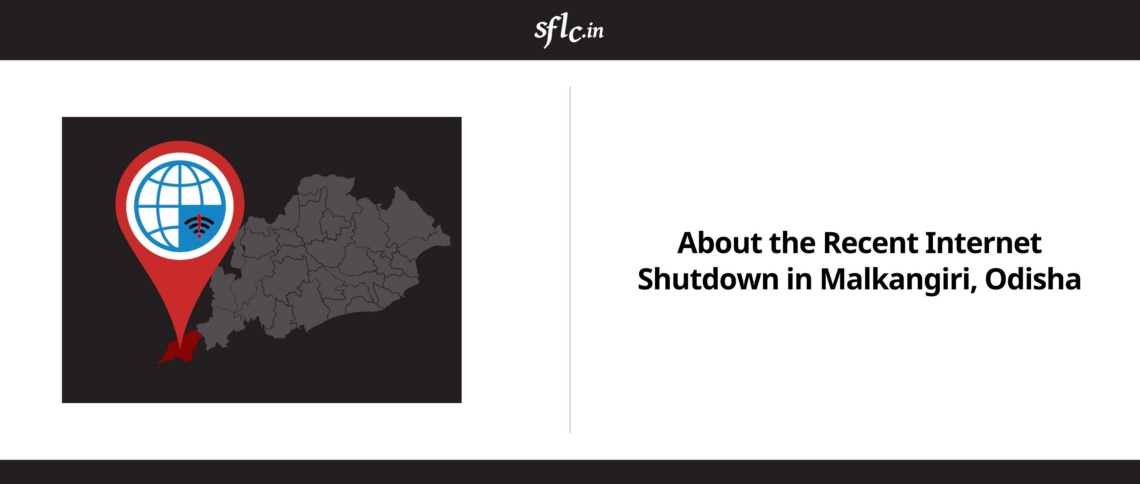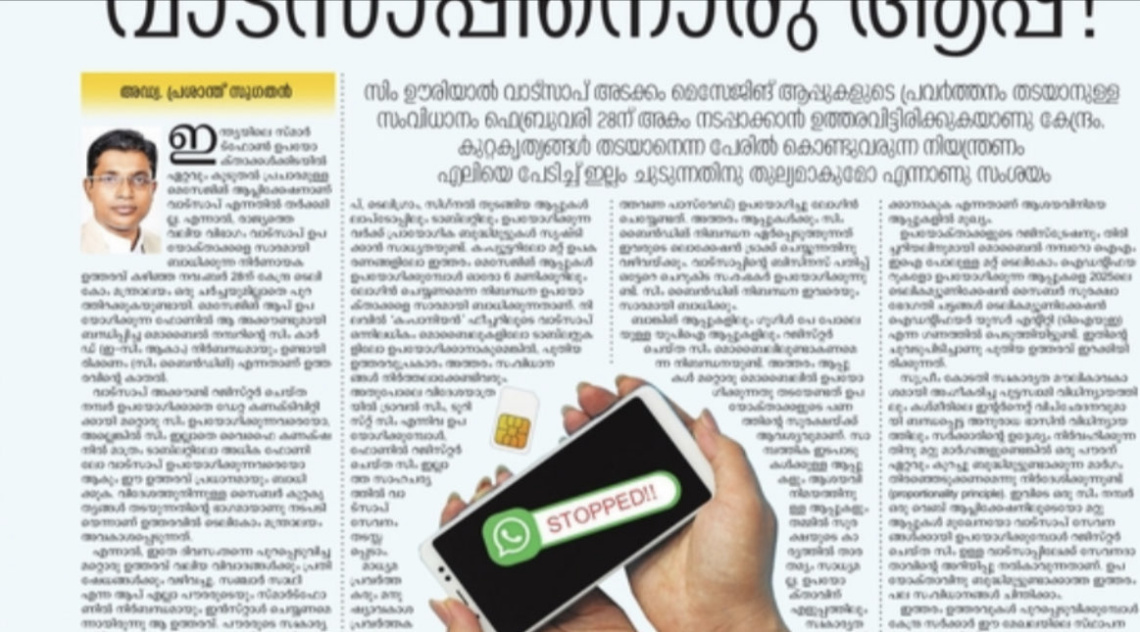On February 19 2016 the Office of Controller General of Patents, Designs and Trade marks (Indian Patent Office or IPO) issued a revised set of Guidelines for Examination of Computer-Related Inventions (‘CRI Guidelines)’. The Guidelines come two months after the previous CRI Guidelines, released on 21 August 2015, were put in abeyance following severe criticism from various stakeholders. The new Guidelines are now in line with the provisions of the Patents Act 1970 that exclude mathematical and business methods, algorithms and computer programmes per se from patentability.
With an aim to foster uniformity in the field of patents on computer related inventions, from time to time the Office of Controller General of Patents, Designs and Trade marks releases Manuals and Guidelines for Examination of Computer Related Inventions. The Guidelines do not constitute rule-making and are provided to assist the Examiner of such patent applications. They also provide that in case of a conflict between the Guidelines and the Patents Act 1970, the provisions of the Act will prevail. This post takes a look at the first Draft Guidelines that were released in 2013, the aftermath and the present rules as regards examination of computer related inventions.
Draft CRI Guidelines 2013
The first set of Draft CRI Guidelines were released by the IPO on June 28 2013 for consultation with stakeholders. The CRI Guidelines clarified that business methods, mathematical methods as well as algorithms are not patentable. However a new term “technical effect” was introduced in the CRI Guidelines in order to further explain “technical advancement” under Section 2(1)(ja) of the Patents Act.
Section 2(1)(ja) provides “inventive step” means a feature of an invention that involves technical advance as compared to the existing knowledge or having economic significance or both and that makes the invention now obvious to a person skilled in the art.
SFLC.in also submitted its comments to the IPO wherein we stated that there was no requirement to add a new term and this would amount to introducing a new term of art. The final version of these Guidelines was not released and in December 2014 a special “IPR Think Tank” constituted by the Department of Industrial Policy and Promotion (DIPP) released the National IPR Policy that proposed to “engage actively in negotiation of international treaties and agreements; to examine accession to some multilateral treaties which are in India’s interest and become signatory to those treaties which India has de facto implemented to enable it to participate in their decision making process”.
CRI Guidelines 2015
The second set of CRI Guidelines for examination of computer-related inventions was released by the IPO on August 21 2015. These Guidelines completely reversed the earlier position with respect to examination of computer programs and mathematical methods and by allowing such patents ran contrary to Section 3(k) of the Patents Act. On September 15 2015 SFLC.in led a group of civil society organizations, industry representatives and academicians to pen a joint letter to the Prime Minister’s Office, the related ministries and the Indian Patent Office expressing concern over the CRI Guidelines, requesting therein for urgent steps to recall the Guidelines. The Government swiftly took note of the situation and within a week’s time a letter to the IPO, requesting examination of the CRI Guidelines, was issued by the DIPP. In the following months IPO held consultations with SFLC.in as well as representatives from the industry and other civil society organizations. During these consultations held on October 21 2015, SFLC.in highlighted the legal issues with the CRI Guidelines 2015 and how allowing patents in the software area poses a direct threat to Indian software companies. We presented them with empirical findings that show the minuscule amount of patents granted to Indian entities in the field of software when compared with foreign entities. We also submitted alternative text to various clauses in the CRI Guidelines 2015.
The initial discussions yielded positive results and the CRI Guidelines 2015 were put in abeyance on December 14 2015 pending discussions with stakeholders and resolution of contentious issues. Instead the Manual of Patent Office Practice and Procedure (as modified on March 22, 2011) was to be followed while carrying out examination of computer-related patent applications.
CRI Guidelines 2016
An open consultation was organized by the IPO on January 19 2016 where SFLC.in and other stakeholders provided their comments and inputs on substantial legal issues in the Guidelines and suggested alternate examples and tests for the purpose of examination of computer related inventions. The new CRI Guidelines have been drafted taking into account such recommendations. Salient features of the Guidelines are:
-
One of the main recommendations made by SFLC.in was the three-step test for determining the patentability of software-related inventions. This has been accepted by the IPO and what is easily one of the most crucial developments brought by the new Guidelines is the three-step test that provides:
-
Properly construe the claim and identify the actual contribution;
-
If the contribution lies only in mathematical method, business method or algorithm, deny the claim;
-
If the contribution lies in the field of computer programmes, check whether it is claimed in conjunction with novel hardware and proceed to other steps to determine patentability with respect to the invention. The computer programme in itself is never patentable. If the contribution lies solely in the computer programme, deny the claim. If the contribution lies in both the computer programme as well as hardware, proceed to other steps of patentability.
-
Inventive step
The new Guidelines provide that the inventive step in any invention must be a feature that is not an excluded subject itself. For the purposes of interpreting ‘technical advance’ as provided under Section 2(1)(ja) the Guidelines state that ‘that comparison should be done with the subject matter of invention and it should be found that the advance is not related to any of the excluded subjects’.
-
Industrial applicability
The new Guidelines provide explicitly that ‘methods of playing games’ and ‘computer programming languages’ and methods of effecting introductions with a view to making friends, although carried out by a commercial enterprise, are not considered industrially applicable. They state that patent specification must disclose a practical application and industrial use for the claimed invention wherein concrete benefit must be derivable from the description coupled with common general knowledge.
-
Means plus function
The ‘means’ for performing some function, mentioned in the claims, shall be clearly defined with the help of physical constructional features to enhance the intelligibility of the claims. The claims in means plus function form shall not be allowed if the structural features of those means are not disclosed in the specification. Further if the specification supports implementation of the invention solely by a computer program then in that case means plus function claims shall be rejected as these means are nothing but computer programmes per se.
-
With respect to determination of excluded subject matter relating to CRIs, the new Guidelines provide that it is important to judge the substance of claims taking whole of the claims together. If the claims in any form such method/ process, apparatus/system/device, computer program product/ computer readable medium fall under excluded categories, they would not be patentable. However, if in substance, the claims, taken as a whole, do not fall in any of the excluded categories, the patent should not be denied.
-
Examples: The IPO has also included the Controller’s decisions, provided by SFLC.in, related to Section 3(k) as examples.
The CRI Guidelines 2016 are very much in line with Section 3(k) of the Patents Act 1970 and will ensure that India’s software industry does not fall victim to the very common phenomena of ‘patent thickets, trolls’ as prevalent in countries like USA. The process followed suggests the importance this Government and Indian Patent Office places on the innovation economy.


